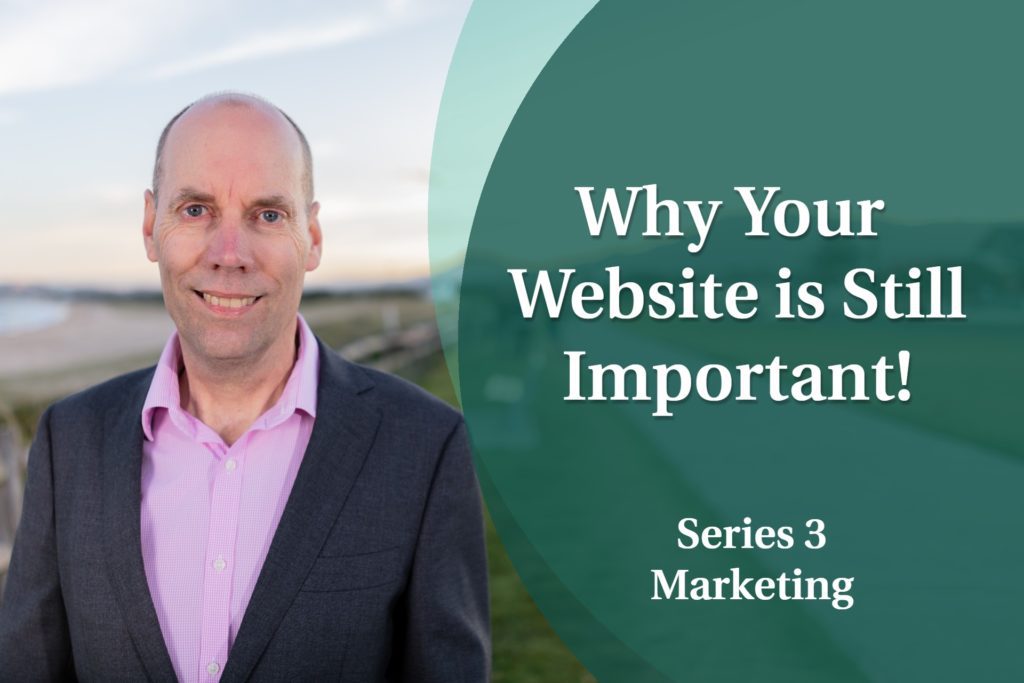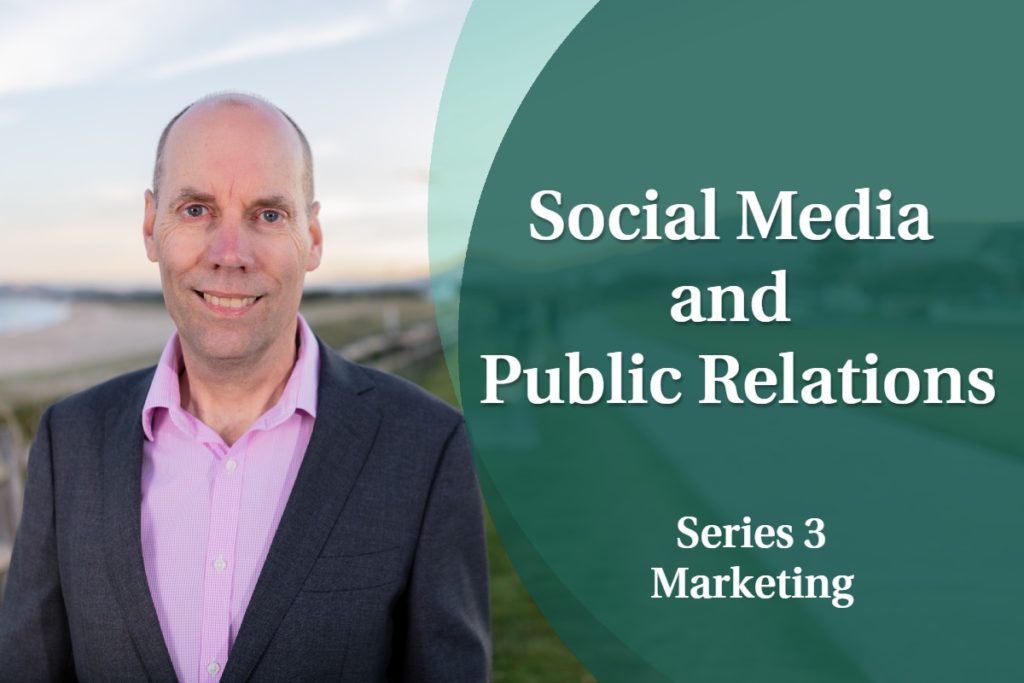
by Phil Latz
Hi, welcome to the third blog in my finance series that I hope will help you become more successful in your business.
As a business owner myself for many years, I understand the challenges that you face.
The theme of this finance series is how to maximise your profit.
There’s an old saying, “Turnover is vanity, profit is sanity and cash is king!”
We’ll get to the cash part of the equation in my next blog, but today I’ll be exploring the difference between turnover and profit, explaining which is more important and why.
When you ask many business owners how their business is going, they’ll immediately start talking about sales.
‘Business is good! Sales are up this month!’
But just because you’re making sales, or turnover, doesn’t mean that you’re making a profit.
Sales may be easy to measure and may even be an indicator of profitability, but you can only be sure about that if you have a good idea of both your costs and expenses.
Let me define these two terms more precisely.
Suppose your business sells purple widgets for $10 that cost you $7 each to buy. That means that the first 70% of your sales isn’t even your money to keep. It needs to go straight to your supplier.
The purchase of those widgets is called your costs, or sometimes your costs of goods sold, or COGS for short.
Sales, less your cost of goods equals your gross profit, which in this case is $3 per widget.
Then you need to pay your expenses which some people all overheads or fixed costs.
These include your rent, phone, power, wages, travel… it’s usually a long list. Suppose that you sell 1,000 purple widgets each month and your expenses are $2,500 per month.
Dividing $2,500 by 1,000 reveals that your expenses equate to $2.50 for each widget that you sell.
Three dollars gross profit, less $2.50 means there’s only the 50 cents left over that is your net profit, and that’s before tax!
It the tax office takes 30%, or 15 cents, then you’re left with just 35 cents of that $10 sale that is truly yours to spend however you like.
In this example that means a 5% net profit before tax and a 3.5% net profit after tax.
That sounds like a tiny share for all your hard work and risked capital, and it is! But there are plenty of businesses running at this rate of profit or less.
Yet as the owner of a business, it’s only your net profit after tax that’s truly yours to spend on whatever you like. If you don’t agree with this statement then try not paying your suppliers or your phone bill or the tax office for the next year and see what happens!
Net profit margins vary greatly between industries, but for most small businesses, you should be aiming for a minimum of 10% net profit before tax. In many sectors, such as software and service based businesses, property development and others, you should be aiming for at least 20%.
Depending upon your industry, you can probably find benchmarking, either via the Australian Taxation Office, or your industry association, to give you an idea of what profits your competitors are typically making.
I’ve seen examples of similar sized businesses in the same industry, in the same city, where one is making 1% profit and another close to 20%.
Why is that?
The more profitable business measures its performance carefully.
What gets measured gets improved!
They find out the numbers that matter in their business and check them regularly.
For example, if you’re in a professional services industry, such as accountants, lawyers, graphic artists, repair shops and a host of others that charge for their time, here are two key measures.
The first will be the percentage of paid hours each employee works that can be billed to a client. This is known as billable hours.
Another measure will be the hourly cost of each employee as a percentage of their hourly charge out rate.
Meanwhile the owner of the less profitable business probably spends too much time measuring his sales (vanity) rather than working out the more important number, net profit (sanity).
Which business owner are you?
Don’t worry, it’s never too late to change!
I hope this blog has helped you to shift your perspective from turnover to profit!
In my next blog I’ll look at the final part of the old saying, cash is king!
I believe that with passion, consistent effort and wise advice you can succeed in your business.
I wish you all the best and I’ll see you next time.


